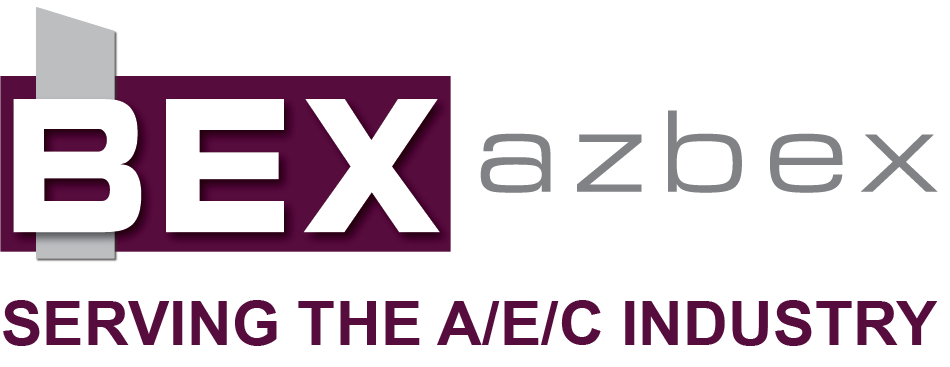By Roland Murphy for AZBEX
Demand for electrical power in the next several years is rapidly outpacing existing supply, and utility providers face a daunting task in developing enough capacity, particularly if they are to meet their CO2 reduction goals.
Investment in solar and wind energy has been extensive, but both generation methods face difficulties with development, output and infrastructure, as well as increasing political resistance.
The Arizona Republic recently reported the state’s three main electricity providers—Arizona Public Service, Salt River Project and Tucson Electric Power—are combining exploration of new nuclear power developments that can increase their output without increasing carbon dioxide levels.
After the 1950s and well into the energy crisis of the 1970s, nuclear had been seen as a pollution-free means to increase domestic energy production and reduce the country’s dependence on foreign oil. After the Three Mile Island incident in 1979, construction and new nuclear energy exploration plummeted.
In recent years, concerns about CO2 levels and their possible impacts on climate change have led to a softening of public opposition, particularly given the vastly accelerating demand for power generated by advances in computing, artificial intelligence and other technologies.
APS, SRP and TEP announced this week they have been looking at upcoming nuclear technologies and are exploring their potential for addressing the state’s growing power needs.
The utilities will look at both small scale nuclear reactors and high-capacity operations. APS President Ted Geisler said new generating facilities will take more than 10 years to develop, but planning has to begin now.
Arizona is no stranger to nuclear energy. The Palo Verde Nuclear Generating Station in Tonopah first came online in 1986 and currently provides an estimated 35% of the state’s electricity.
A small reactor can generate up to 300 megawatts, according to the utility companies, while a large-scale operation like Palo Verde can provide 1,400 MW. A megawatt is roughly enough power for 160 homes in Arizona, according to the article.
The three companies have applied for a U.S. Department of Energy grant that would support a three-year site selection process and could aid with the preparation of an early site permit application to the Nuclear Regulatory Commission. A preferred site could be identified within this decade and lead to a new plant becoming operational in the early 2040s, they say.
Racing to Meet the Need
For the last two years, speakers and panelists from APS and SRP have repeatedly told audiences at BEX events their most pressing challenge is the need to bring new electrical infrastructure online to meet growing demand. That includes not only the means to produce the energy in an environmentally acceptable and cost-efficient manner, but also the infrastructure to deliver it from generation to destination.
In the BEX 2025 Construction Activity Forecast event held Jan. 28 and Feb. 4, Founder and President Rebekah Morris drove home the extent to which demand is outpacing supply. Using a chart from APS, she showed existing owned resources have an estimated 2038 capacity of 4,000 MW, but the total anticipated load requirements will be more than 12,000 MW.
The utility companies have expressed both the urgent need for increased generation capacity and enthusiasm over nuclear’s potential expansion in the mix of generation sources.

